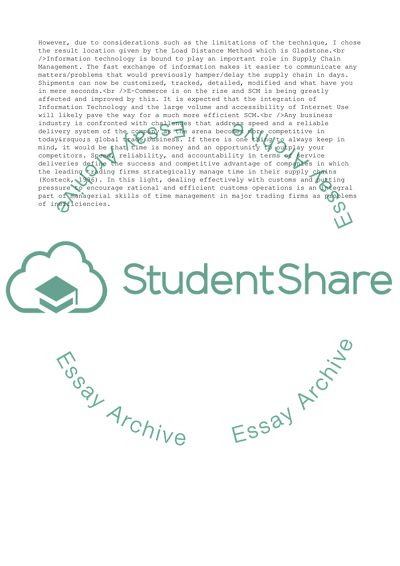Cite this document
(Supply Chain Management: Crown PLC Case Study Example | Topics and Well Written Essays - 3750 words, n.d.)
Supply Chain Management: Crown PLC Case Study Example | Topics and Well Written Essays - 3750 words. https://studentshare.org/management/1705820-warehousing-and-inventory-assignment
Supply Chain Management: Crown PLC Case Study Example | Topics and Well Written Essays - 3750 words. https://studentshare.org/management/1705820-warehousing-and-inventory-assignment
(Supply Chain Management: Crown PLC Case Study Example | Topics and Well Written Essays - 3750 Words)
Supply Chain Management: Crown PLC Case Study Example | Topics and Well Written Essays - 3750 Words. https://studentshare.org/management/1705820-warehousing-and-inventory-assignment.
Supply Chain Management: Crown PLC Case Study Example | Topics and Well Written Essays - 3750 Words. https://studentshare.org/management/1705820-warehousing-and-inventory-assignment.
“Supply Chain Management: Crown PLC Case Study Example | Topics and Well Written Essays - 3750 Words”. https://studentshare.org/management/1705820-warehousing-and-inventory-assignment.


